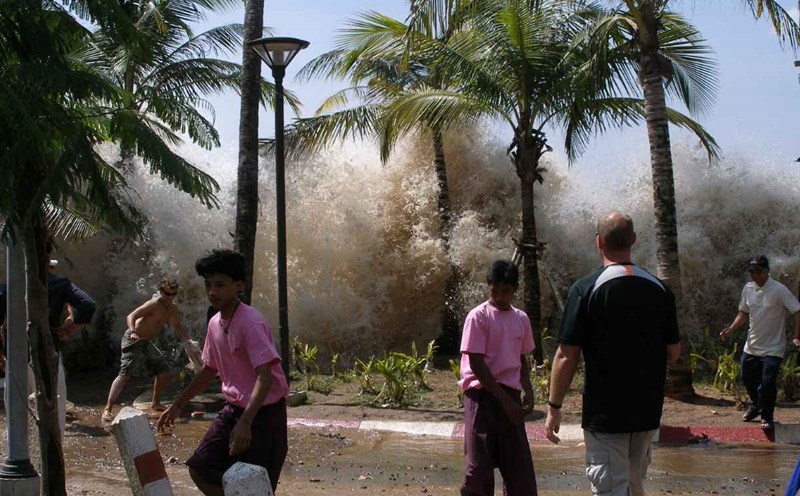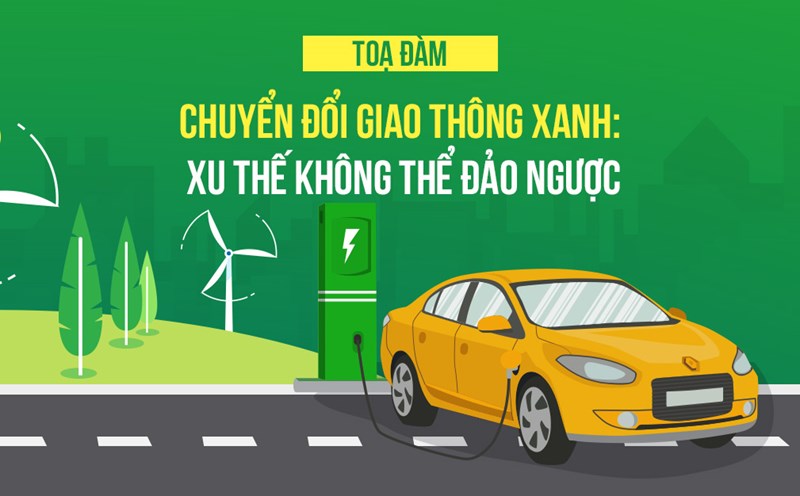The earthquake occurred at 12:37 on July 16, Alaska (437 on July 17, Vietnam time). The center of the earthquake was located about 87km south of Sand Point, according to the USGS. This is an area northwest of Popof Island, off the Alaska Peninsula, about 965km southwest of Anchorage City.
Shortly after the earthquake, the alarm blew in the city of Kodiak - one of the areas in the warning zone. Kodiak police confirmed that the hopeful whistle was a sign asking people to evacuate to the highlands. The super typhoon, if it does, is predicted to approach Kodiak at around 2:40 p.m. (local time), or 6:40 a.m. on July 17, Vietnam time.
However, a few hours later, the Tsunami warning was downgraded to a "recommendation", meaning the risk had eased slightly, according to the latest update from NWS.
In addition to Sand Point and Kodiak, the city of Cold Bay is also in the affected area. Michael Ashley, the owner of a motel in Cold Bay, said he felt the ground shaking slightly while working outdoors, but not too much.
"We are about 30m high so the local residents are quite calm. Higher earthquakes in the summer are not uncommon here," he told ABC News.
Currently, there have been no recorded any damage to people or infrastructure in the affected cities. However, with an intensity of over 7.0 degrees richter - classified as a "big" earthquake - this type of shocking is likely to cause serious damage if it occurs near residential areas. On average, only about 10-15 such large earthquakes are recorded globally each year.
US authorities continue to monitor the area to promptly detect aftershocks and further risks if any. Meanwhile, residents in coastal areas of Alaska are still advised to remain vigilant and ready to evacuate when there are further warning signals.










